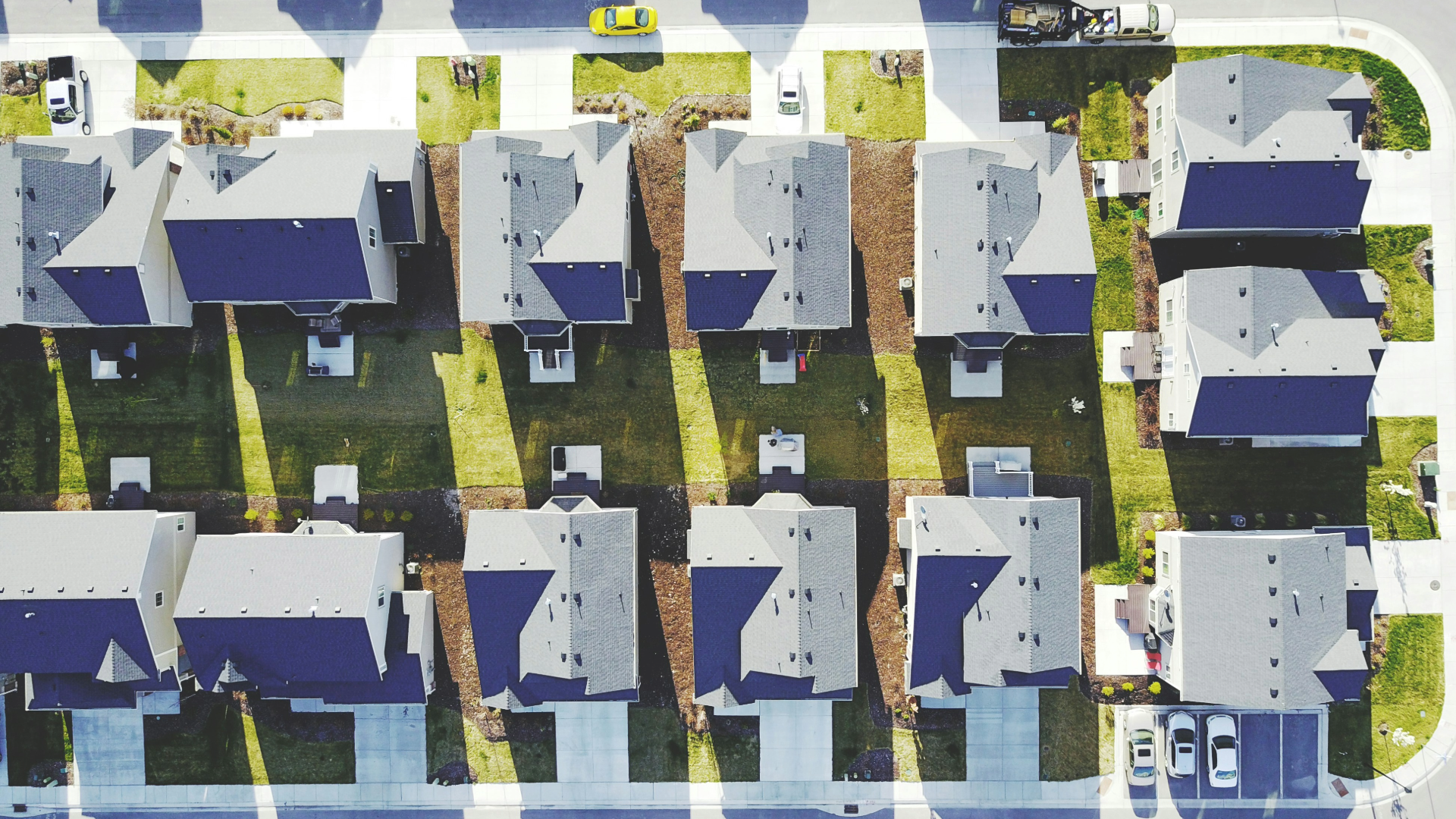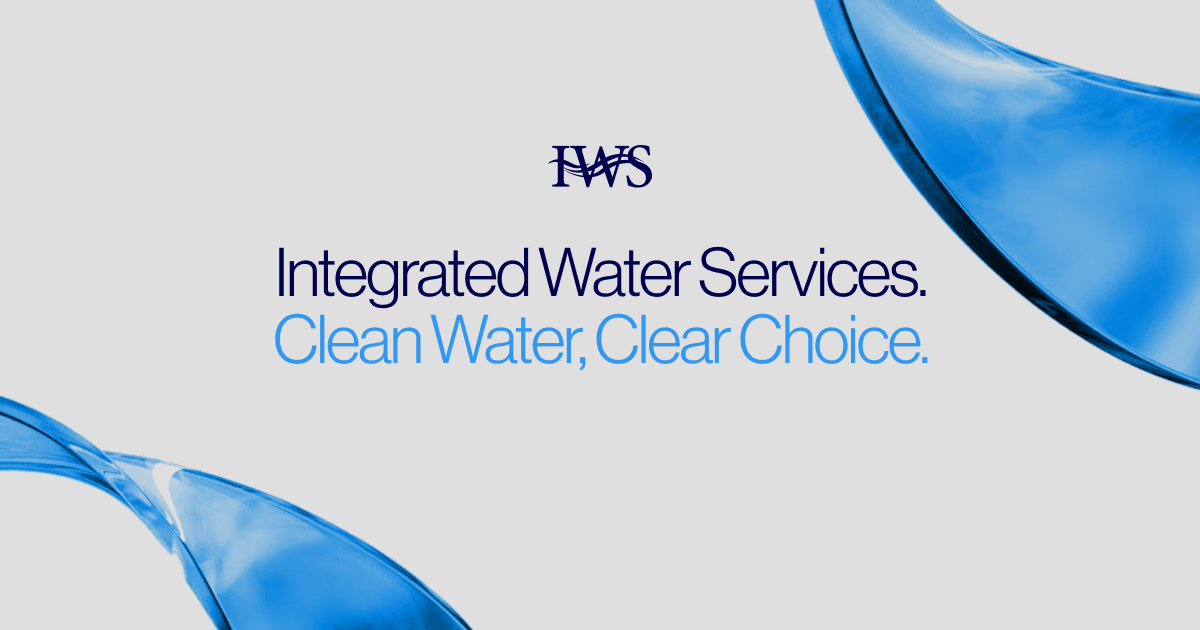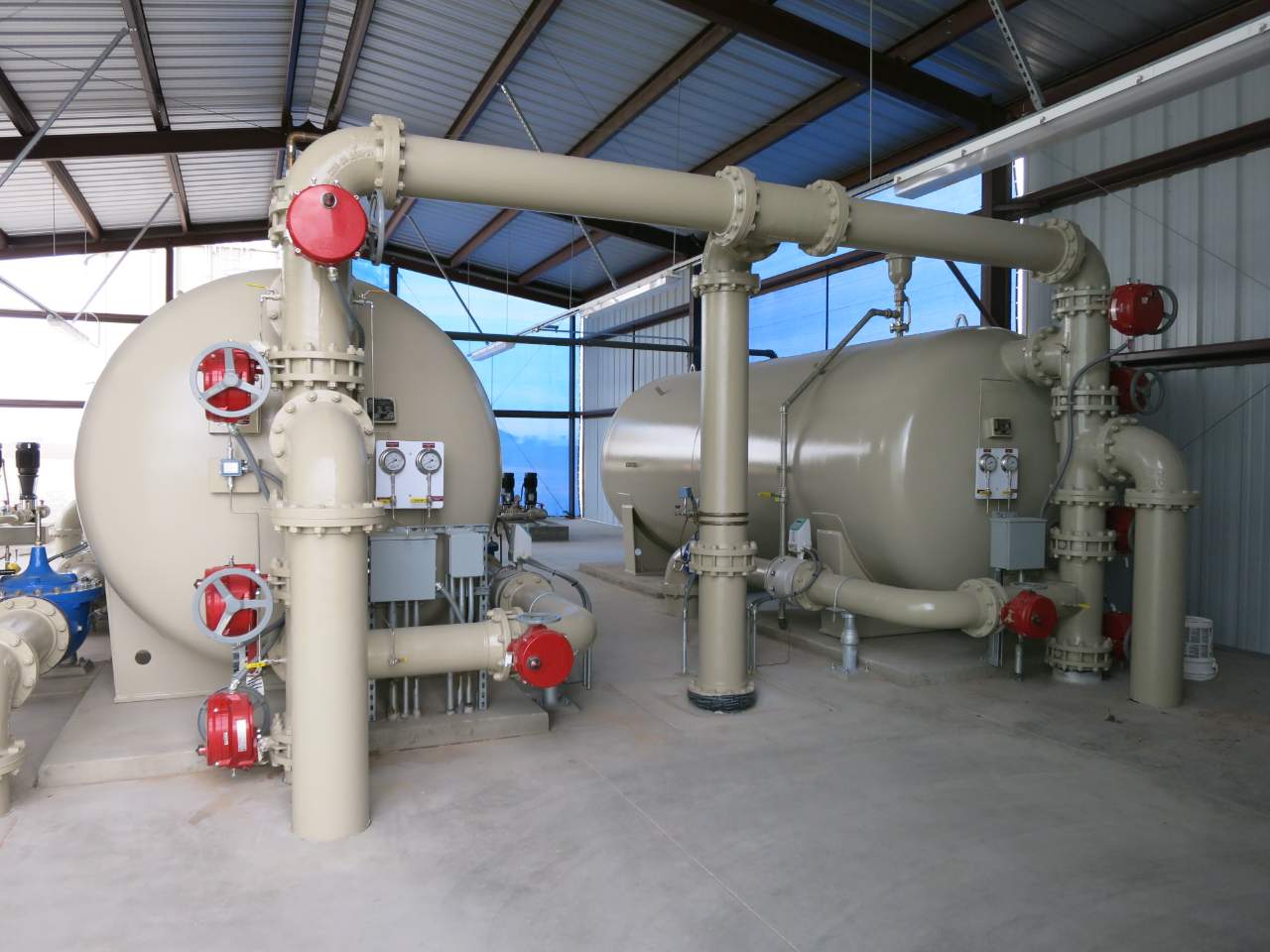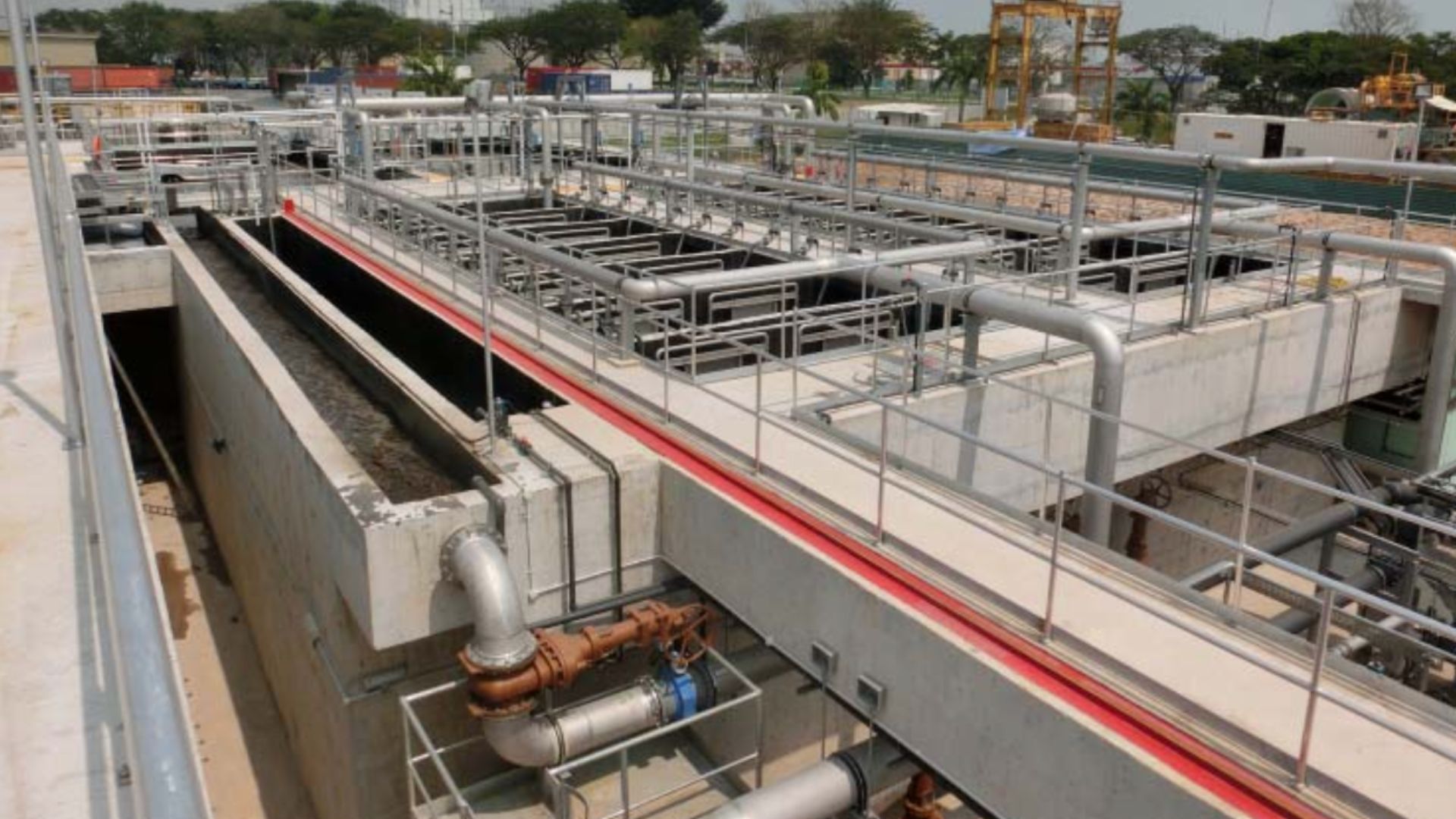6 Tips for Decentralized Residential Wastewater Treatment

Decentralized residential wastewater treatment systems process sewage where it’s produced, offering an efficient alternative to centralized methods by cutting infrastructure and energy costs.
Traditional systems depend on extensive sewer networks. More compact decentralized systems, including MBR technology, allow for the local reuse of treated water. Their environmental benefits make them perfect for modern residential developments aiming for sustainable operations and regulatory compliance.
Evaluating the Implementation of MBR Systems in Residential Developments
Cost Analysis
Implementing MBR technology requires an upfront investment in equipment, installation, and system commissioning.
Historically, when compared with traditional centralized systems, the initial MBR costs may have been higher. Advancements in technology have significantly lowered those costs over the past 20 years. Be mindful of procurement and delivery costs when implementing and installing a system.
In the long run, however, decentralized MBR systems often result in significant savings. These savings come from reduced infrastructure needs, lower transportation costs, and the minimized need for large-scale treatment facilities. Operational expenses are generally lower due to the efficiency and design of MBR systems.
Talk to experts in green project financing or your MBR design partner. They can help you understand how much you’ll save and if there are any green incentives for development projects.
Capacity and Scale
MBR systems like BluBox are modular, allowing for easy expansion in response to growing demand within residential developments. Technical considerations for capacity planning include evaluating daily wastewater volumes, peak flow rates, and the specific treatment requirements based on local regulations.
Being able to scale an MBR system means that developers can meet current needs right away. Future expansion is always possible as a small community grows into a larger residential development. This ensures the long-term viability of the wastewater treatment infrastructure.
Work with urban planners early. They’ll help make sure your system fits well with the environment and can grow with your project.
Maintenance Requirements
Ongoing maintenance of MBR systems is crucial for their continuous efficient operation.
This includes routine monitoring of membrane integrity, periodic cleaning to prevent fouling, and the management of the biological process to ensure optimal treatment performance. Manufacturers often provide detailed maintenance guidelines. Stick to those protocols, and your team will extend the lifespan of the system.
Train your team specifically on MBR systems. Focusing on prevention will save money over time.
Regulatory Compliance
MBR systems are designed to meet stringent wastewater treatment standards, making them a compliant solution in many jurisdictions.
Residential developers must navigate the local regulatory landscape, which can vary widely. MBR technology’s adaptability makes it a good choice for developers looking to ensure their projects adhere to evolving environmental regulations, including those relating to effluent discharge quality.
Keep up with laws by talking to regulators and environmental experts. This helps you adjust your system as rules change.
Water Reclamation Opportunities
Decentralized MBR systems offer opportunities for water reclamation, allowing treated wastewater to be reused for irrigation, landscaping, and non-potable applications within residential developments. MBR can be an holistic answer to many challenges in the development industry.
Technical criteria for reuse can vary by jurisdiction. Often, regulations focus on ensuring the treated water meets safety and quality standards specific to its intended use. This requires the stringent removal of pathogens and contaminants. Integrating these systems into development planning conserves water and contributes to sustainable community design.
Plan green spaces with architects that use reclaimed water. This makes your project more attractive and sustainable.
Infrastructure Integration
Integrating decentralized MBR systems into residential developments presents challenges, including spatial planning and ensuring compatibility with existing infrastructure.
Solutions involve early-stage coordination with architects and engineers, utilizing modular system designs for flexibility, and adopting smart technology for system monitoring and management. Effective integration ensures seamless operation within the development’s landscape, enhancing overall efficiency and sustainability.
Use advanced planning tools like digital twin technology. This helps foresee and fix any design conflicts early, making sure everything works together smoothly.
Summary of MBR Potential
Decentralized wastewater treatment systems, like MBR, offer a smart alternative to traditional methods by being efficient and cost-saving right where wastewater is made. They’re great for modern residential areas aiming for sustainability because they use less infrastructure and allow water to be reused locally.
Developers need to consider several factors, like upfront costs, scalability, and maintenance. Planning these systems well means a project can be both attractive and eco-friendly, hitting all the right notes for future living spaces.
Want to learn more? Read some of our recent articles:
Sign up for the Integrated Water Services newsletter below. We share important perspectives and news on MBR wastewater treatment every two weeks.
Want to learn more? Read some of our similar articles:
Sign up for the Integrated Water Services newsletter.
We share important perspectives and news on MBR wastewater treatment every two weeks.


